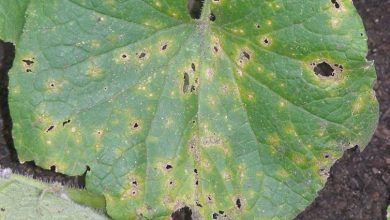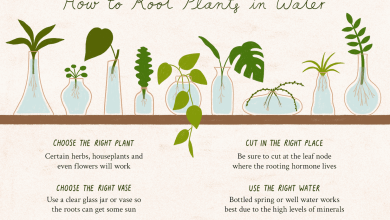Succulent care in winter
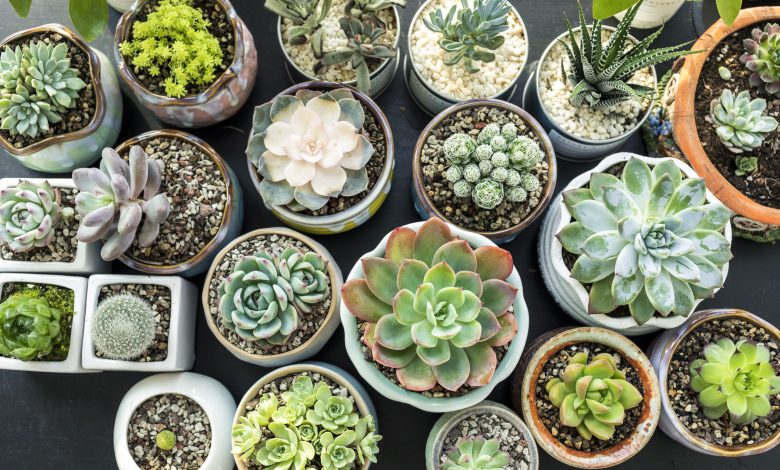
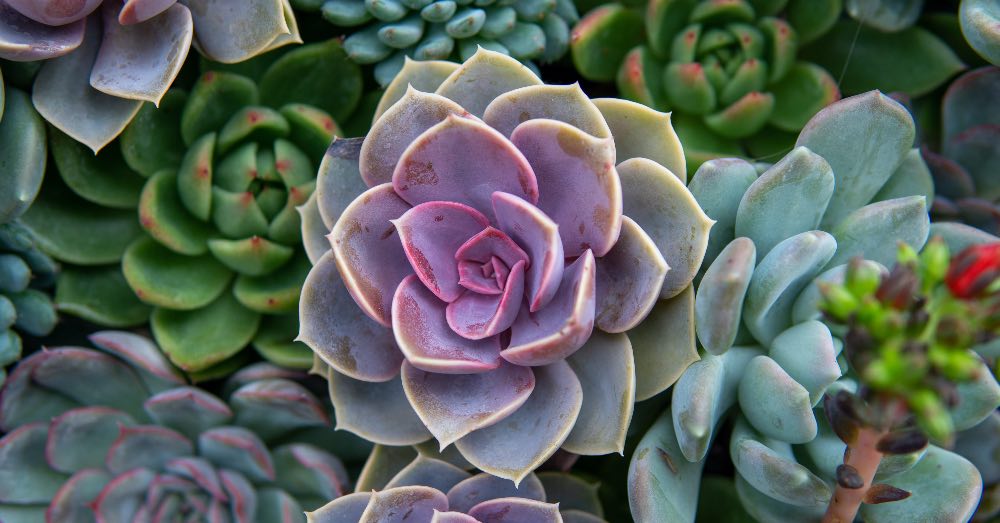
They are resistant, easy to grow and extremely varied, one of the main reasons for having a true legion of fans. However, despite their fame: no, they are not immortal. In fact, the cold can be one of your greatest enemies. For this reason, it is convenient to know in depth the care of succulents in winter. A way to avoid unpleasantness but, above all, to keep our plants alive.
Understanding the impact that low temperatures can have on most succulents requires a better understanding of what cacti, succulents and succulents are. The term with which these plants are called responds to their incredible ability to save water in their petals. A plant mechanism resulting from centuries of evolution that responds to a characteristic of many of them: they originate from desert climates where rainfall is scarce and temperatures are high. A good clue as to why, when the thermometer drops, we have to be especially aware of them.
And how to achieve it? Simple: knowing in detail the care of succulents in winter. Something that goes beyond, even, the irrigation pattern or the temperature they need.
CARE OF SUCCULENTS IN WINTER: WHAT WE SHOULD KNOW
Before knowing in depth how to take care of succulent plants at this time of year, there is an aspect that directly affects their winter care. Usually, we choose our plants for their appearance without knowing the variety to which they belong. It may seem secondary to us but it is something crucial even when choosing them due to various factors but also depending on the weather of the place where we live.
Knowing how to identify our plants will allow us to discover if we are dealing with cold-resistant species, even capable of surviving frost; or if, on the contrary, we have plants with low tolerance to lower temperatures. Although, as we said, a good number of succulents come from desert areas, we cannot lose sight of the fact that others are native to cold, humid climates and with temperatures even below zero degrees.
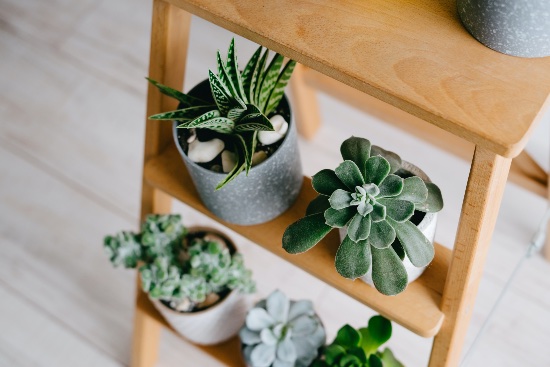
Intimately linked to this, there is another aspect that directly affects the care of succulents in winter. Identifying which variety a particular plant belongs to will also allow us to know its plant rhythms. Or, put another way, if our succulent goes into winter rest and, therefore, does not need certain care such as irrigation; or if, precisely, our succulent takes advantage of the cold to grow and demands care such as fertilizer.
Finally, one more detail: if we live in a climate with severe frosts, it is worth it that our succulents spend the winter indoors. When should we move them indoors? Anticipating the first frost: a vital precaution for tender-leaved succulents. In addition, it will be important to give them a deep watering in the two or three days before bringing them home.
1. Irrigation of the succulent, scarce depending on the variety and appropriate to the weather
If in general terms how to water succulents correctly is important for their well-being, in winter it is vital. As with other plants, the sum of water and cold is the perfect breeding ground to kill its roots by freezing but also to cause the appearance of a fungal disease. It is also important to water at a correct time, always avoiding the last hours of the day marked by the drop in temperature.
For this reason, the irrigation of succulents in the winter months has to be so anecdotal that it is enough to water every month or month and a half. A time that, in the case of cacti, we can even lengthen a little more. If you have them indoors and the temperature is high, it is more than likely that they will need a light watering every maximum three weeks. And a piece of advice: when in doubt as to whether or not a certain succulent needs hydration, it is better not to water it.
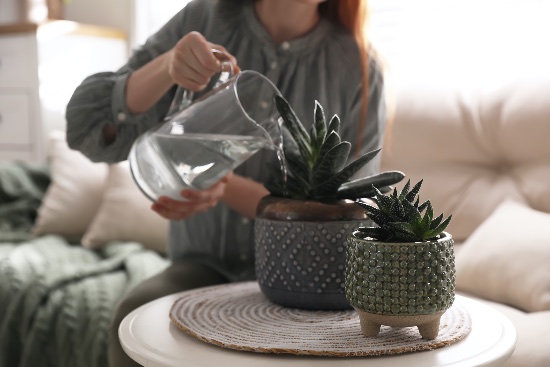
In addition, and if our winter has abundant rains, it is advisable to protect the succulents to prevent the substrate from getting too wet. In the event that we cannot or that they are planted directly in the ground, they can be covered with plastic that acts as a greenhouse and avoids excess moisture. What if we have doubts about irrigation? Nothing like applying an important maxim: the colder it is, the less watering will have to be.
2. Light, abundant and even direct
At this point in the care of succulents in winter, an important differentiation must be made.
For succulents that spend the winter indoors, we will have to find a bright space where they receive at least eight hours of indirect sunlight per day. In the event that our plants do not have the light they demand, they will let us know by stretching their stems. In addition, and as would happen if they were away from home, they need a period of darkness that emulates that of the night outdoors.
If we have them outside, we will have to check if they are receiving the amount of light they need. Remember that the height and intensity of the sun are not the same in warm months and cold months. If we see that our plants do not receive good light, we will have to place them in a place where they do.
3. The temperature, an aspect to watch closely
And that depends, directly, on the species of each succulent and the place where they are.
Inside the house, it is essential to place them in a slightly heated space. It is also recommended that the temperature drop a few degrees for a few hours, as it would if they were away from home at night. Let’s not forget something important: no placing them near an artificial source of heat.
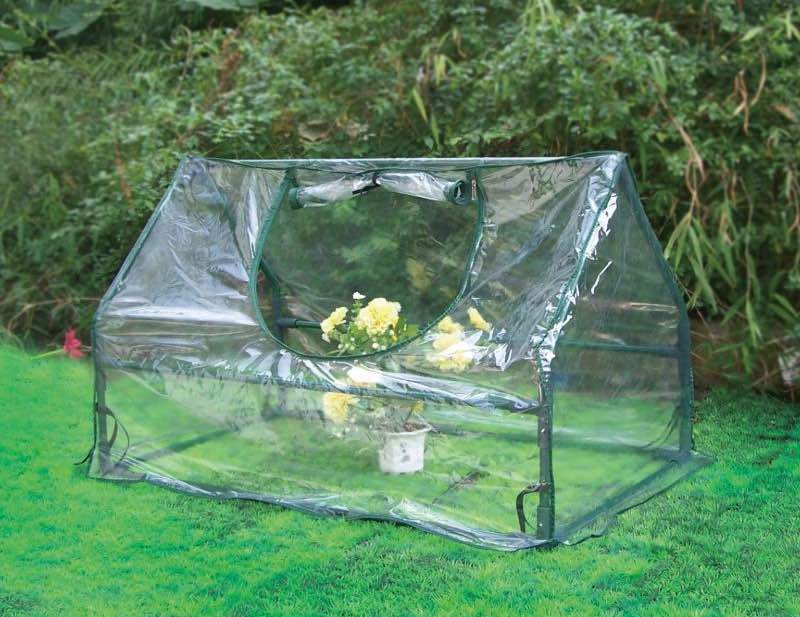
Outside the house and in times of frost, it will be important to protect them from them and from the night dew with a winter veil or protecting them with greenhouses.
4. Cleaning the pots, one of the succulents care in winter that we do not think about
It can save us a lot of headaches!
If our plants are outdoors, it is important to clean all the debris that may be on the substrate, such as dry leaves. This type of material, even being organic, favors moisture in the substrate as well as being the perfect hiding place for pests.
If we are going to put our plants at home, we will have to do the same in addition to cleaning the pot. A small gesture with a big impact: if there is an insect or bacteria, we will eliminate it before giving it a suitable temperature for it to proliferate.
5. Plagues and diseases, one of the greatest enemies of cold
Like humans, during the winter months plants have their lowest defenses. A fact for which the appearance of diseases of succulents is more common during the winter than in other months of the year; and, furthermore, it further compromises the life of our plant.
For this reason and if we have them outdoors, we will have to be especially vigilant and prevent our succulents from being attacked by snails or slugs, but also by ants. Any wounds on its leaves or stems can become the starting point of a fungal or bacterial disease.
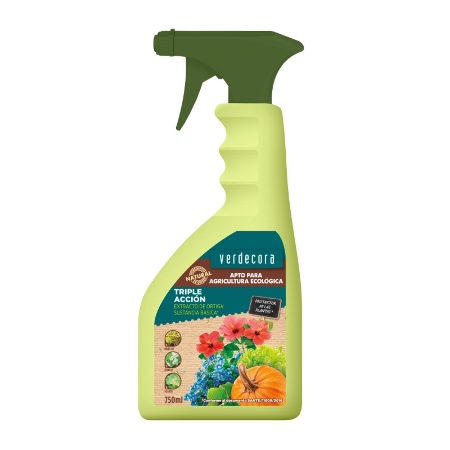
If they are inside the house, our natural enemies will be the cochineal and the red spider. Two insects that make an appearance in hot and dry environments, such as those inside a house in months of heating.
PRUNING, TRANSPLANTATION… WHAT HAPPENS WITH THESE WORKS?
Even if you want to put into practice how to transplant succulents correctly or wonder why we do not mention other tasks such as pruning, the answer is simple: we do not include them in the care of succulents in winter because they are, in fact, tasks that we should avoid at all costs. And they are not the only ones: propagating succulents, pruning their leaves or removing their suckers are also tasks that will have to wait for spring.
The reason is simple: at this time of year, both due to vegetative rest and low temperatures, this type of action can compromise the good health of our plant. So as much as we feel like it, we’ll have to wait a little longer.
Make no mistake about it: the wait will be worth it and, when you get down to it, you’ll know that you’re doing it without fear of causing damage to your plants.

![Photo of Plant Cola de Burro in your Garden: [Irrigation, Care, Light and Substrate]](https://www.complete-gardening.com/wp-content/uploads/2022/08/plant-cola-de-burro-in-your-garden-irrigation-care-light-and-substrate-390x220.jpg)
![Photo of Plant Cyclamen in your Garden: [Care, Irrigation and Transplantation]](https://www.complete-gardening.com/wp-content/uploads/2022/08/plant-cyclamen-in-your-garden-care-irrigation-and-transplantation-390x220.jpg)
